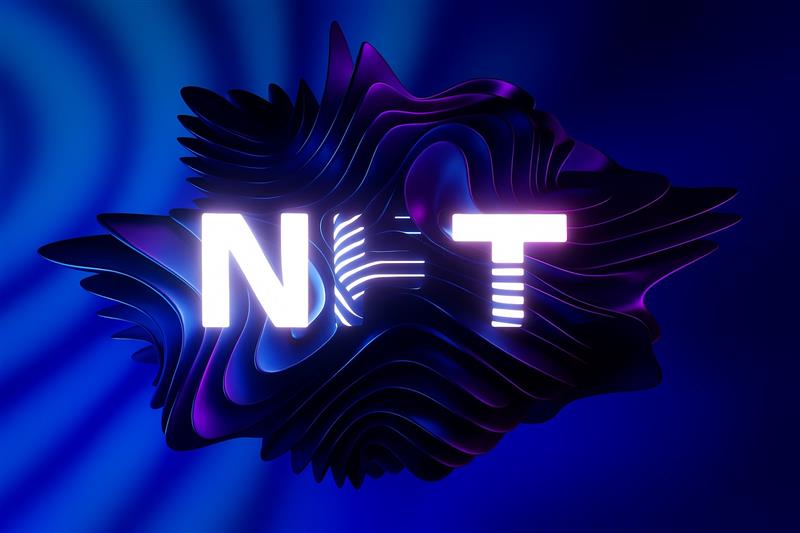Project 11 Introduces Quantum Computing Contest With Bitcoin Bounty
On April 16, 2025, quantum research firm Project 11 announced the Q-Day Prize, a public competition inviting participants to attempt breaking part of Bitcoin’s elliptic curve cryptographic (ECC) key using Shor’s algorithm on a quantum computer. With a deadline of April 5, 2026, the contest promises a prize of 1 Bitcoin (BTC).
A Mission to Anticipate — Not Exploit — the Threat
The researchers behind Project 11 assert that quantum computers could soon perform calculations that would take standard systems decades to solve. Their breakthrough potential threatens many current encryption models — particularly those used by Bitcoin and Ethereum.
Project 11’s initiative isn’t intended to expose Bitcoin to risk, but rather to help the industry prepare. In their own words on X, the competition aims to protect six million BTC by stress testing ECC’s resilience to future quantum breakthroughs.
How the Q-Day Prize Works
Rather than targeting the actual 256-bit Bitcoin private key, Project 11 presents simplified “toy” versions, ranging from 1-bit to 25-bit in length. They encourage participants to chip away at these models, noting that even cracking a 3-bit key using Shor’s algorithm would be a significant step forward in quantum cryptanalysis.
Transparent Testing to Measure Real-World Risk
A core principle of the contest is open verification. Instead of secretive research, Project 11 wants submissions to be public — giving the community a chance to observe, audit, and verify the reality of the quantum threat.
Their announcement reads:
“We know quantum computers will disrupt modern cryptography. Rather than being caught off guard, we’re testing capabilities transparently, building a roadmap for future protection.”
This approach mirrors the open-source philosophy — revealing not just vulnerabilities, but also honest benchmarks.
Understanding the Threat Quantum Computers Pose
To date, no quantum computer has succeeded in cracking ECC. But organizations like NIST are moving toward post-quantum algorithms, acknowledging the evolving threat. Some hardware wallets are already being marketed as quantum-safe solutions for digital assets.
Breaking ECC would require machines with 2,000+ qubits. Today’s top contenders fall short: Google’s chip runs at 105 qubits, IBM’s reaches 150, and QuEra’s analog processor tops out at 256.
Crypto Thought Leaders React
Opinions in the space are mixed. Paolo Ardoino, Tether’s CEO, predicts all active wallets will migrate to quantum-resistant formats before the threat materializes — with dormant wallets like Satoshi’s becoming potential targets.
In contrast, Telos Blockchain’s John Lilic envisions quantum tech as a recovery tool, giving owners access to locked wallets instead of enabling theft.
Experts believe the real tipping point could arrive anywhere between 2030 and 2050 — but preparations are already underway.



